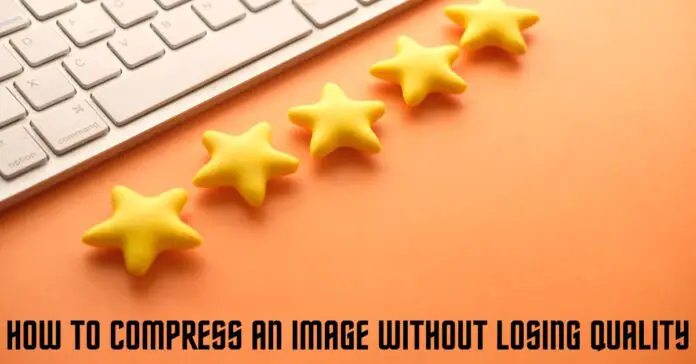Compressing an image can be an effective way to reduce its file size and improve the speed of your website. However, if you want to retain the quality of the image, you should not compress it beyond 40%. If you compress it beyond that level, it will likely produce pixelated colors and halos. In this article, we’ll discuss ways to compress an image without losing its quality.
Reduces file size
Whether you want to improve the performance of your website or minimize bandwidth usage, you will want to find a way to reduce the size of your images without losing quality. This can be done by cropping the image to remove unnecessary parts. If you crop an image correctly, it will be much smaller than the original.
In order to reduce the size of an image without sacrificing quality, first choose a compression method. You have two main options – lossless compression and lossy compression. Both will reduce the size of an image, but each has an effect on the image’s quality. Minimal lossy compression will not affect quality, but more aggressive lossy compression will reduce it significantly.
You can also reduce the size of an image by lowering its resolution. Windows 10 has a built-in Paint app that will do this for you. This way, you don’t have to download and install any third-party apps. Just right-click the image in question, select Open with, Paint, and then select Resize at the top of the window.
Improves website loading speed
Optimizing images for the web is a great way to improve website loading speed. While the difference between optimizing an image and leaving it uncompressed is only a few fractions of a second, this difference can have a dramatic effect on user engagement. According to research, a page that takes two seconds to load will experience a 9.6% bounce rate. This figure rises steadily with every additional second, reaching a staggering 32.3% when a page takes seven seconds to load. Page speed is also a recognized ranking factor, and pages that load quickly have a higher chance of ranking high for important search terms.
Compressing an image can also make a big difference in the loading time of a page. Using lossless compression allows a website to reduce its image file size without compromising image quality. This technique can also help improve a page’s usability and stickiness.
Retains visual quality
Lossless compression is a technique that preserves visual quality when compressing an image. It is a common choice for many modern applications. Lossless compression achieves this goal by sacrificing only a small proportion of data. Generally, a lossless compression ratio is about 20:1 for RGB and 10:1 for grayscale images.
Fortunately, lossless compression is not the only option. Some image editors will allow you to choose the quality level that you want to keep. There are also other ways to maintain the visual quality of your image, such as switching from a compressed format to another one that is lossless. Another option is to save a large image using progressive encoding, which will reduce the size of the file while preserving the image’s quality.
The compression level is also affected by the content of the image. Images with a lot of detail will be more difficult to compress than those with flat, even tones.
Uses next-gen image formats
Next-gen image formats are newer technologies that can reduce an image’s size without sacrificing quality. These formats feature a combination of lossless and lossy compression techniques. Lossless compression reduces the amount of data that an image contains, which improves page speed.
Next-gen image formats save bandwidth and disk space. These new image formats reduce the size of a photo by up to 30%. However, not all browsers support them. Chrome and Firefox support WebP while Safari is limited to JPEG 2000. Next-gen image formats can drastically improve the speed and performance of a website. While there are some drawbacks of these newer formats, developers should be aware of their limitations and take those into consideration before implementing them.
Next-gen image formats are better optimized for mobile and web use. This allows websites to serve images faster and avoid losing quality. These technologies also support animation. Next-gen image formats are available for Chrome, Firefox, Edge, and Opera, and Safari will follow soon. Next-gen image formats are faster than the traditional JPEG and PNG formats and require less data to load.
